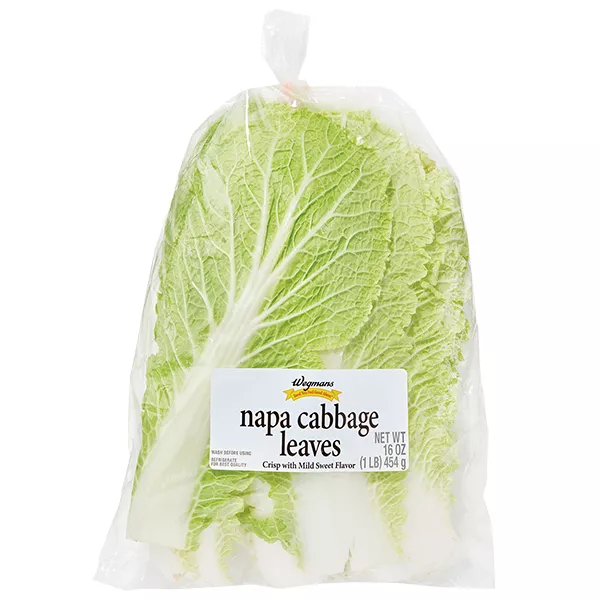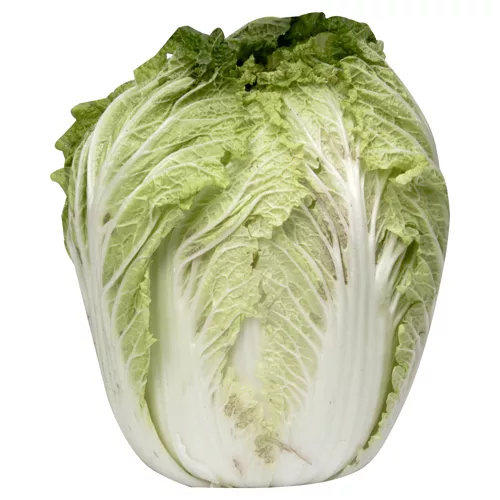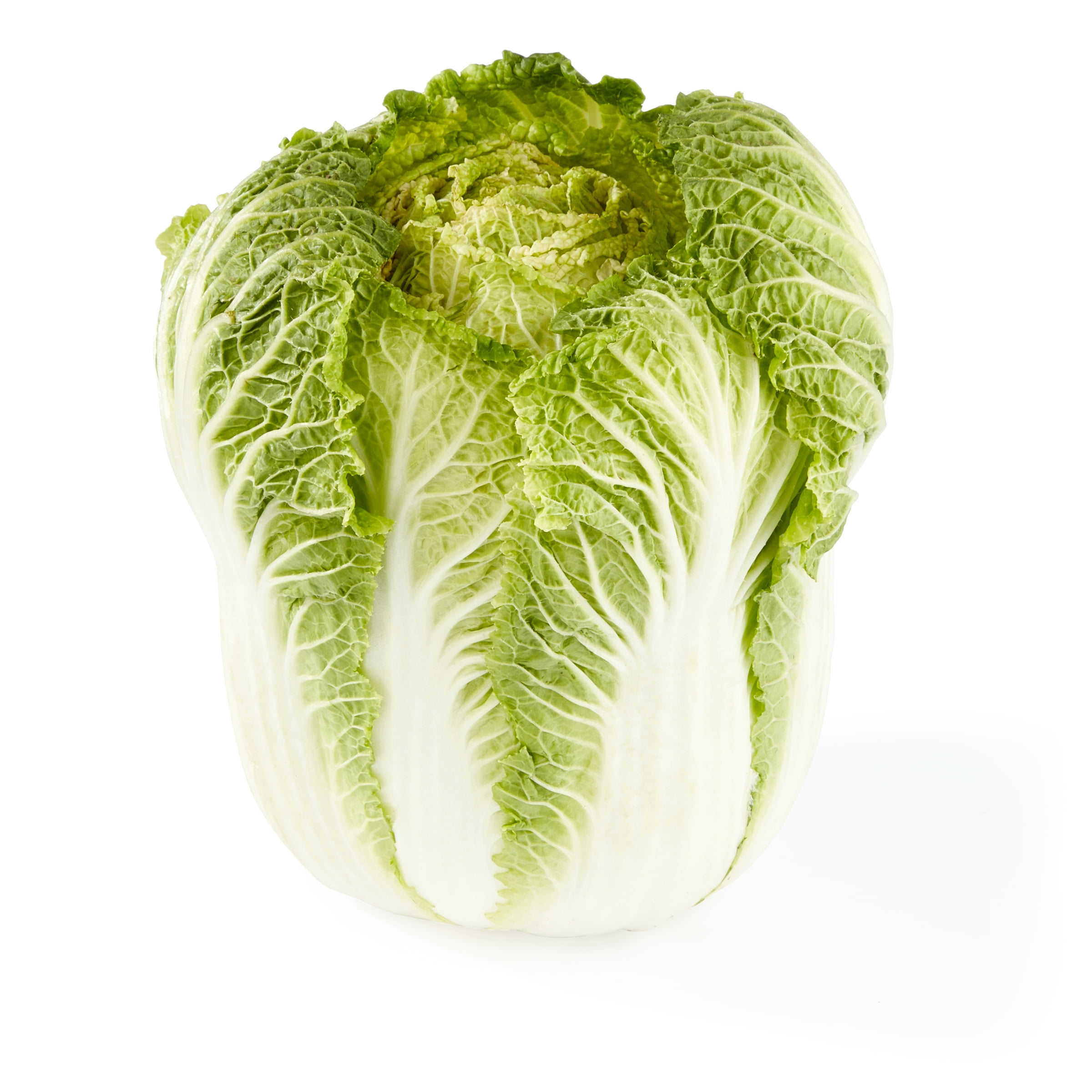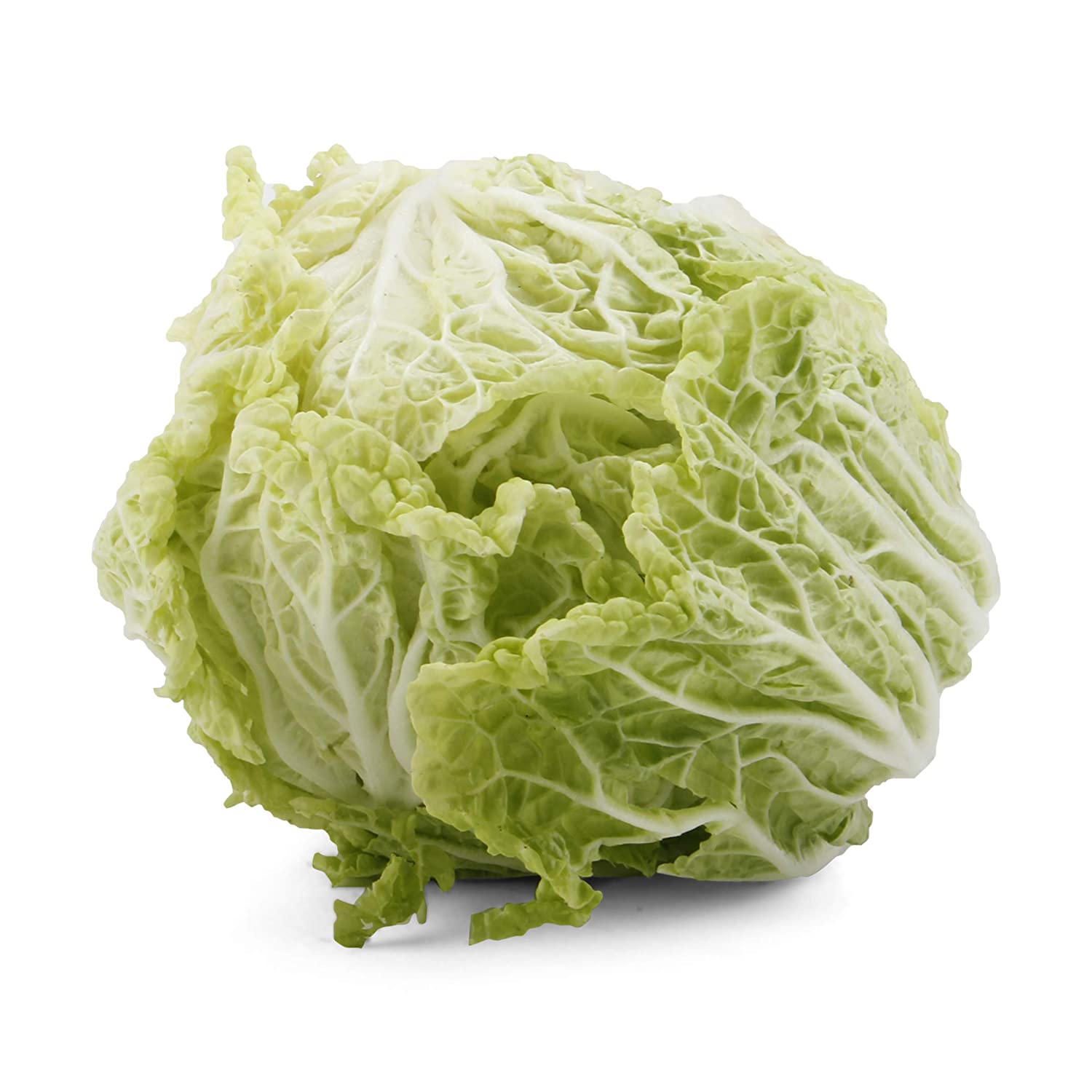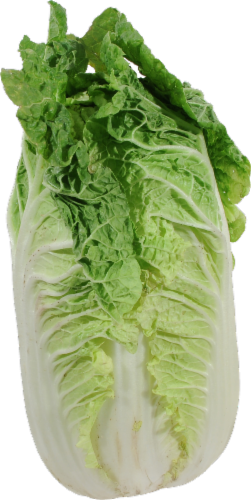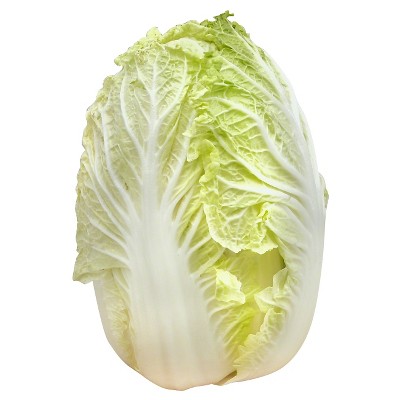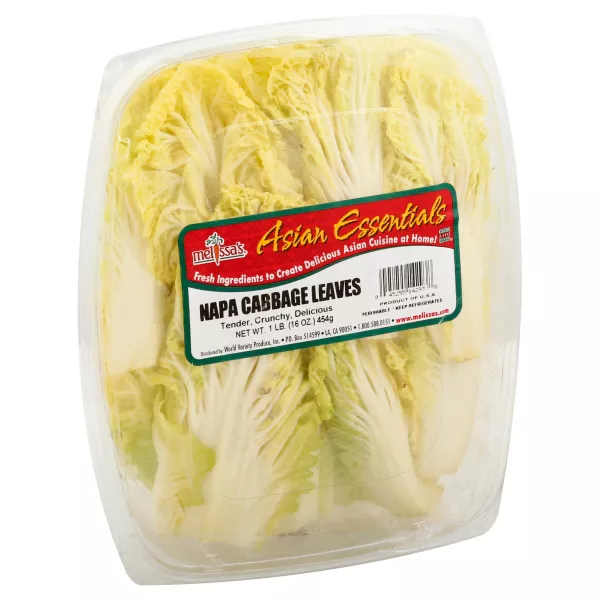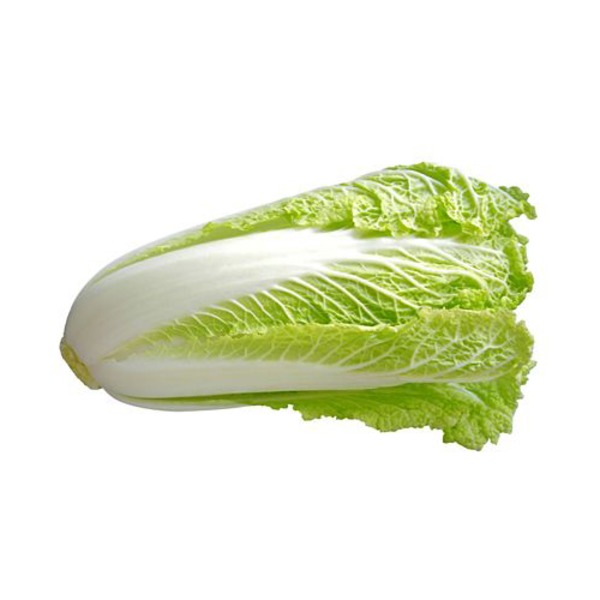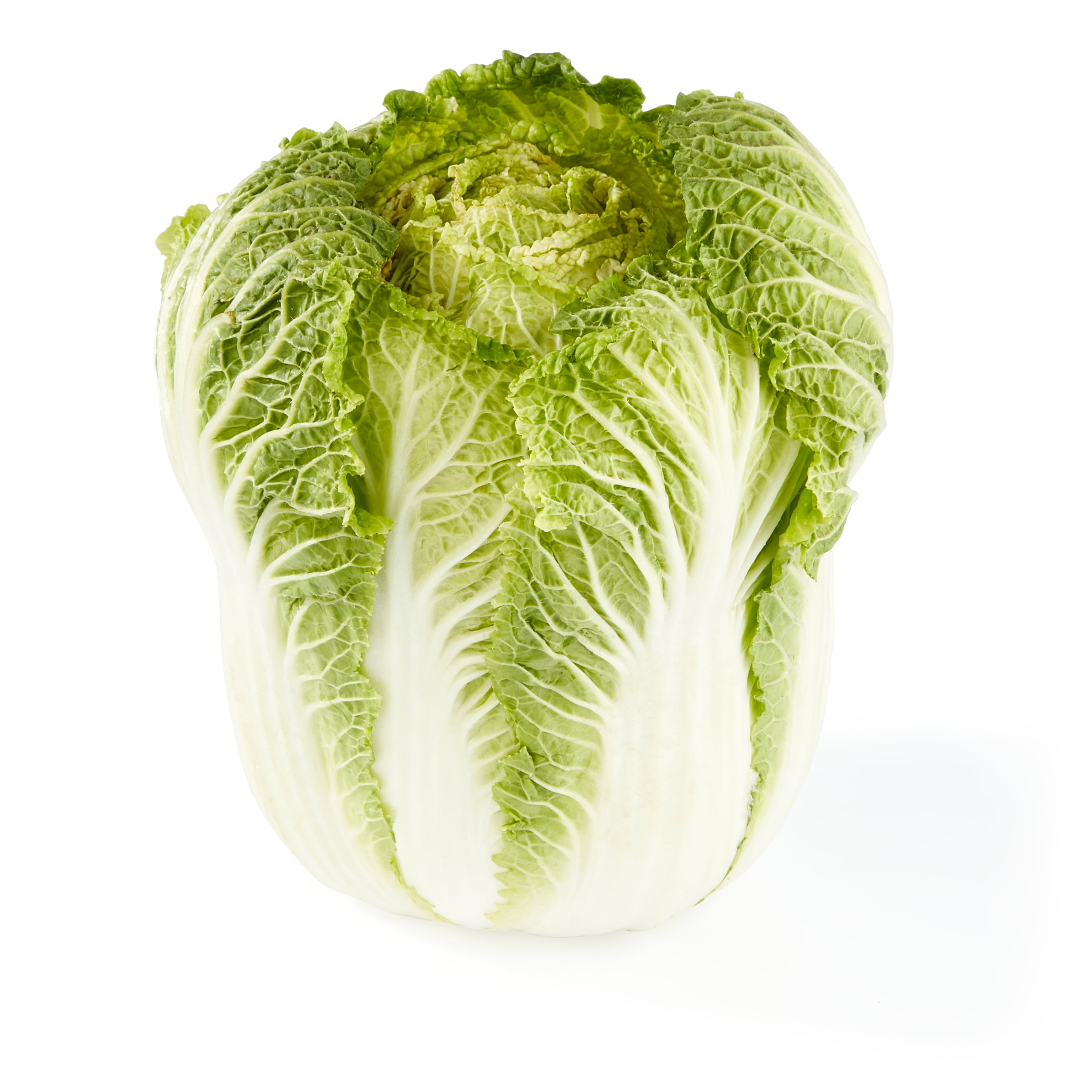SALADS
MAIN DISHES
SIDE DISHES
Chinese Cabbage
Chinese cabbage, also known as napa cabbage or Brassica rapa subsp. pekinensis, is a green leafy vegetable with a mild taste and a high nutritional content. Originally cultivated in China, this versatile vegetable has gained popularity worldwide and is now a staple in many Asian cuisines. It is characterized by its elongated shape, tightly packed leaves, and a crisp texture, making it perfect for various cooking applications.
Suitable for both raw and cooked dishes, Chinese cabbage can be used in many recipes such as salads, stir-fries, and soups. Its flavor profile complements the likes of soy sauce, ginger, and garlic, enhancing the overall taste of a dish. Rich in vitamin C, vitamin K, and fiber, it is not only a delicious but also a healthful addition to any meal.
70%
CARBS
4%
FAT
26%
PROTEIN
152 Chinese Cabbage Products
Used In 34 Recipes
3
Pork & Veggie Potsticker Bowl
1
Savory Pork Pocket Dumplings
4
Savory Pork & Napa Cabbage Sweet Potato Noodles
1
Delectable Pork and Shrimp Dumplings
4
Simple & Flavorful Vegan Kimchi
17
Spaghetti Squash Chicken Chow Mein
33
Crunchy Cabbage Slaw with Sesame Ginger Dressing
21
Okonomiyaki
Chinese Cabbage Is Frequently Used With
Chinese Cabbage FAQ
Chinese cabbage, also known as napa cabbage or Brassica rapa subsp. pekinensis, is a versatile ingredient that is integral in many Eastern cuisines due to its unique flavor profile. Being both flavorful and nutritious, Chinese cabbage can become a staple in your daily meal preparation.
However, cooking with Chinese cabbage can raise some questions, with one of the most common being the proper way to clean it. Due to its tightly packed leaves, dirt and pests can be lodged within, making proper cleaning crucial. The best way to clean Chinese cabbage is by detaching the leaves from the base and washing each one individually under running water, making sure you pay attention to the base of the leaves as that's where most dirt usually congregates.
When it comes to cooking, overcooking is a common pitfall. To prevent this, always add Chinese cabbage towards the end of your cooking time, as it wilts quite quickly. This will not only maintain its nutritional content but also its texture and color.
To maximize the potential of Chinese cabbage in your meals, try using it in stir-fries, soups, or even as a wrap for meat. It pairs well with robust flavors such as garlic, ginger, and soy sauce.
Lastly, a little-known fact is that you can regrow Chinese cabbage at home. All you need is the end bit of the cabbage, simply pop it into a bowl of water and give it sufficient sunlight. In a week or so, you'll see new green shoots popping up.
Is Chinese cabbage the same as regular cabbage?
Is Chinese cabbage good for stir-fry?
Can you regrow Chinese cabbage?
What can I use instead of Chinese cabbage in a recipe?
Do I need to cook Chinese cabbage?
How do I cut Chinese cabbage for cooking?
Can I use Chinese cabbage instead of bok choy?
Can I eat Chinese cabbage raw?
How do I avoid overcooking Chinese cabbage?
Does Chinese cabbage need to be peeled?
Expiration & Storage Tips
When does chinese cabbage expire?
Chinese cabbage can last for about 1-2 weeks in the refrigerator if unopened. Once you've cut it open, it's important to use it within 3-5 days for the best taste and texture. If frozen, Chinese cabbage can last for up to 12 months, but you might see some changes in its texture upon thawing as it tends to get a bit limp. Always remember to check the 'sell by' date on the package, which is usually a good indicator of its freshness. If the Chinese cabbage is homemade from the garden, ensure that you wash and dry it thoroughly before storing it.
How do you tell if chinese cabbage is bad?
Chinese cabbage, when gone bad, will have a wilted appearance, with the leaves looking limp and lusterless. In worse cases, you might also notice some rotten spots, which will be soft and wet. Another sign is an off smell–healthy Chinese cabbage has a fresh and mildly peppery smell. If it smells rotten or very bitter, it's no longer good to use.
Tips for storing chinese cabbage to extend shelf life
• Wrap the Chinese cabbage in a damp paper towel and place it in a plastic bag. This prevents it from drying out and keeps it crisp.
• If you’ve already cut your Chinese cabbage, store the rest in a tightly sealed container in the refrigerator.
• Freezing is another good option for longer storage. However, because freezing changes the texture of the vegetable, it's best to use frozen Chinese cabbage in cooked dishes. Blanch it first before freezing and store it in a tightly-sealed bag.
• Chinese cabbage can also be pickled or fermented (for example in the form of Kimchi), which can significantly increase its shelf life.
EXPIRES WITHIN
11 - 26
DAYS
Substitutes

Mini Cabbage

Green Cabbage

Red Cabbage

Savoy Cabbage

Shredded Green Cabbage

Shredded Red Cabbage
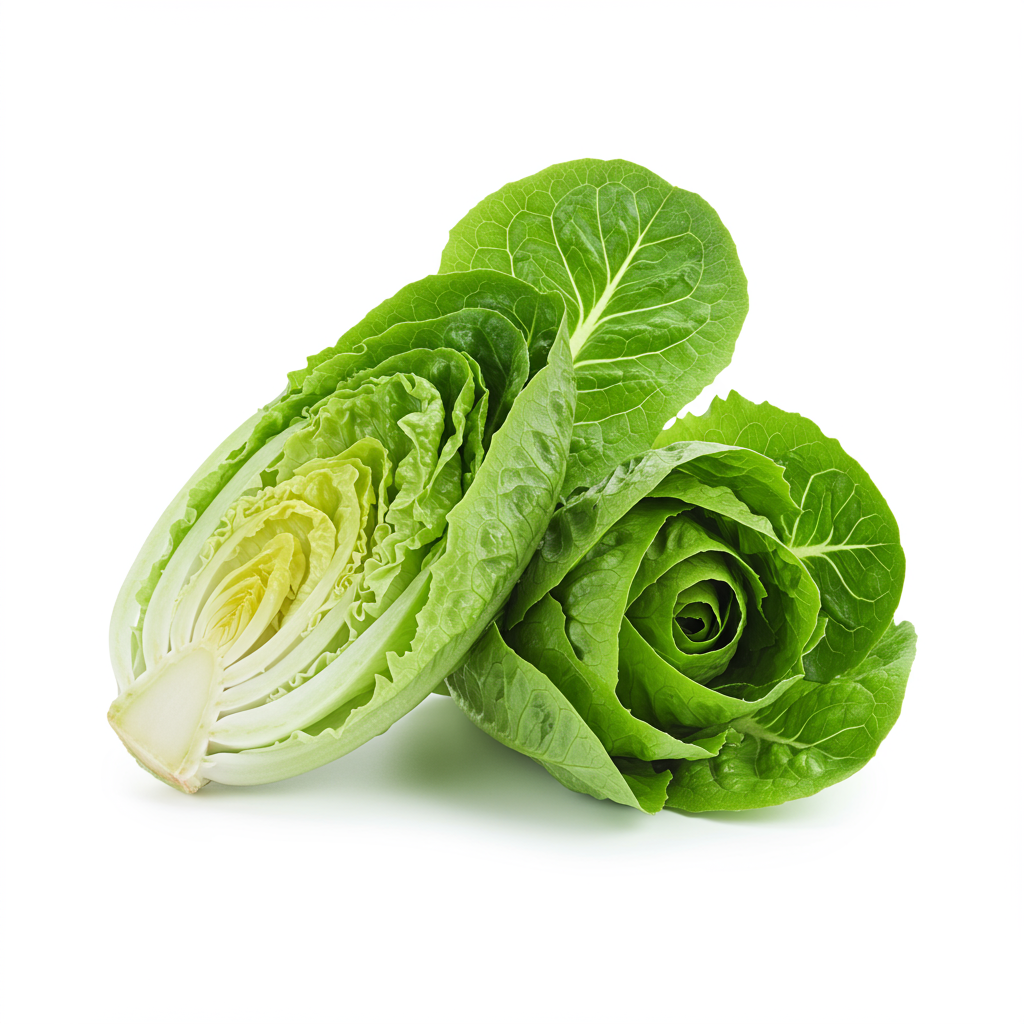
Romaine Lettuce Hearts

Shredded Lettuce

Broccoli Slaw

Rainbow Slaw
See All
Health Info
Macros
2g
CARBS
0g
FAT
0g
PROTEIN
Allowed on these diets
LOW FAT
HIGH CALCIUM
VEGETARIAN
KETO
PALEO
WHOLE 30
MEDITERRANEAN
LOW CARB
VEGAN
LACTOSE FREE
GLUTEN FREE

